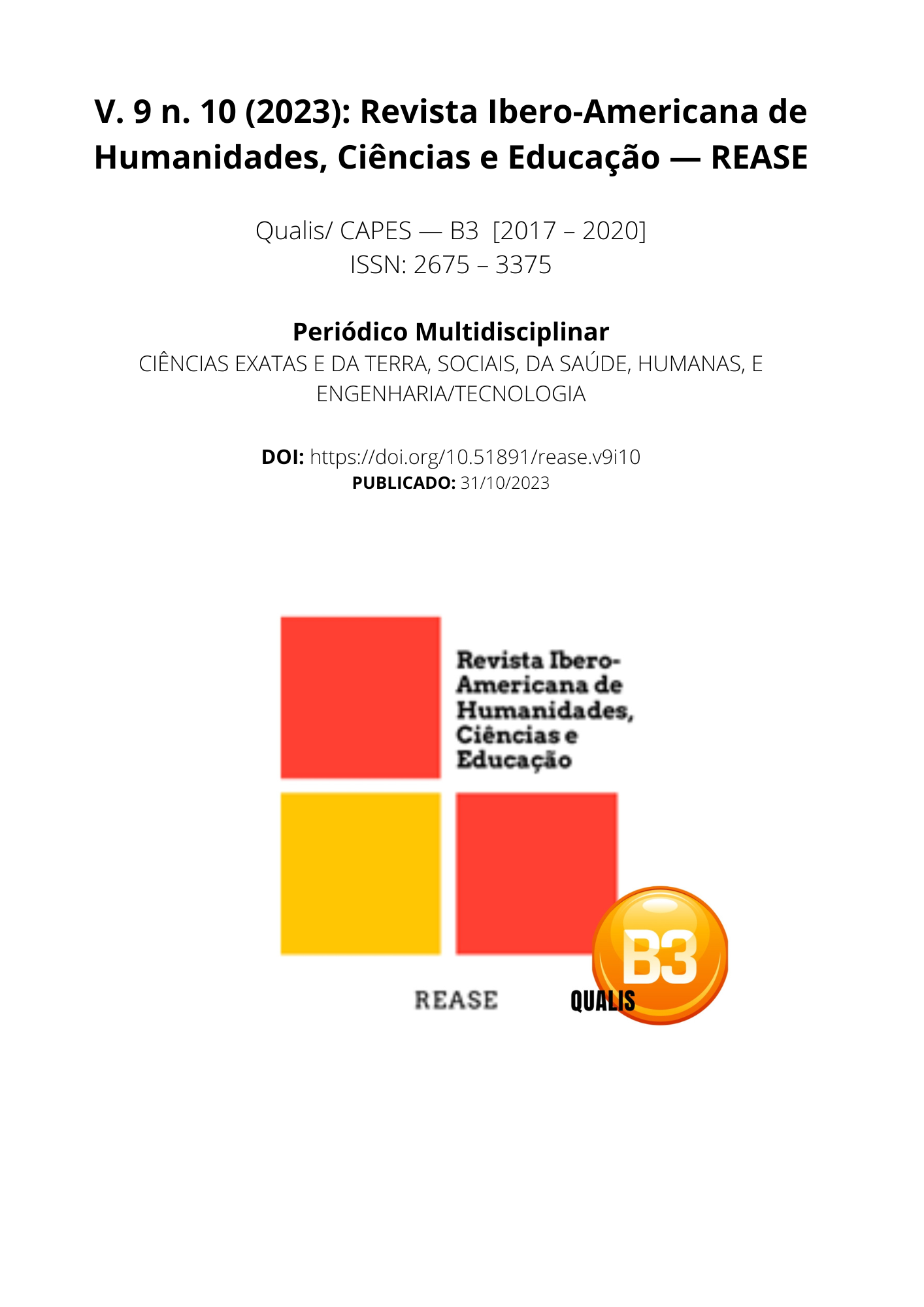GLENOHUMERAL INJURIES IN INDIVIDUALS WITH SCAPULAR DYSKINESIS: AN INTEGRATIVE REVIEW
DOI:
https://doi.org/10.51891/rease.v9i10.12316Keywords:
Glenohumeral injury. Shoulder girdle dyskinesis. Physical Therapy. Instability.Abstract
This study has the general objective of identifying the factors that influence the occurrence of scapular dyskinesis, and the specific objectives are: to describe the mechanisms contributing to the involvement of the glenohumeral joint, to present the agents causing glenohumeral injuries, and to report the main forms of treatment and prevention for these factors. It is an integrative literature review based on the following databases: PEDro, Scielo, PubMed, Lilacs. This work includes original articles in full and studies addressing glenohumeral injuries and scapular dyskinesis as inclusion criteria, while incomplete articles and studies not related to the topic are excluded. The results highlight that the shortening of the pectoralis minor muscle is directly linked to the onset of scapular dyskinesis due to scapular anteriorization during movement. It is also reported that any alteration affecting the dynamics among the trapezius, rhomboids, levators of the scapula, anterior serratus, and pectoralis minor muscles can lead to an increase in scapular dyskinesis. In conclusion, it is found that the practice of specific physical exercises provides pain relief and reduces scapular dyskinesis.
Downloads
Downloads
Published
How to Cite
Issue
Section
Categories
License
Atribuição CC BY

